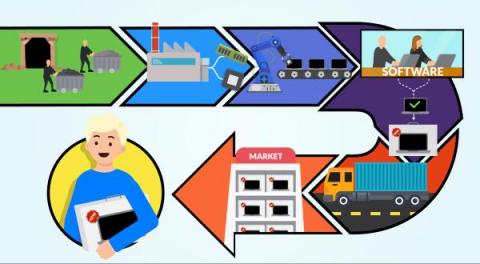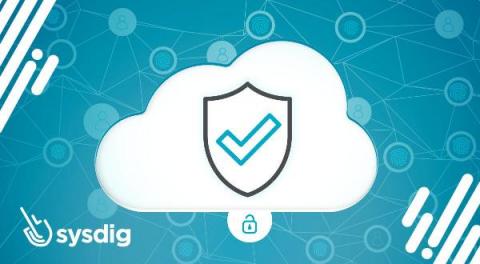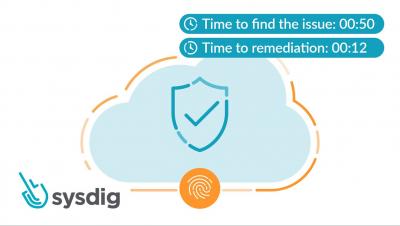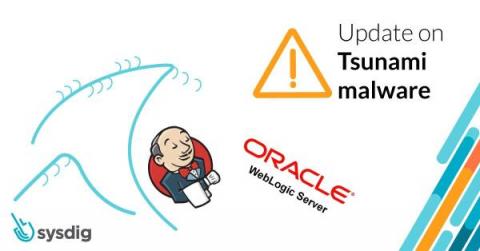Security | Threat Detection | Cyberattacks | DevSecOps | Compliance
Containers
Secure software supply chain: why every link matters
The new threats in software development are not only related to the specific company itself. The whole software supply chain is a target for attackers and it is really important to make sure that we put all our effort into securing each link because if one fails, everything will be affected. Supply chain activities include each step of the transformation of raw materials, components, and resources into a completed product, and its delivery to the end customer.
How and when to use Docker labels / OCI container annotations
Most container images are built using Dockerfiles which contain combinations of instructions like FROM, RUN, COPY, ENTRYPOINT, etc. to build the layers of an OCI-compliant image. One instruction that is used surprisingly rarely, though, is LABEL. In this post, we’ll dig into labels (“annotations” in the OCI Image Specification) what they are, some standardized uses as well as some practices you can use to enhance your container security posture.
Label standard and best practices for Kubernetes security
In this blog post, I will be talking about label standard and best practices for Kubernetes security. This is a common area where I see organizations struggle to define the set of labels required to meet their security requirements. My advice is to always start with a hierarchical security design that is capable of achieving your enterprise security and compliance requirements, then define your label standard in alignment with your design.
Microservices Transformed DevOps - Why Security Is Next
Microservices fundamentally changed the way we build modern applications. Before microservices, engineers had a small number of huge chunks of code that made up their application. Many apps were a single monolith of code, and some might have been broken out into a frontend, backend and database. So, when a team needed to update or patch their code, they had to do it slowly and with great care because any change to any part affected every other part of their app.
Tales from the Crypt o' mine - Four spooky short stories
Halloween is around the corner! 🎃 Imagine that you’re with your cloud-native friends, sitting around the fireplace, having some s’mores, and telling spooky stories. Here are our best spooky stories for the cloud community. Enjoy them, and have an awesome Halloween!
Cloud Infrastructure Entitlements Management (CIEM) with Sysdig Secure
Discover what CIEM Security is and how easy it is to implement with Sysdig Secure for cloud. Over-permissioned accounts and roles is the most common cloud service misconfiguration security problem. Implementing least privilege is a crucial best practice to avoid or mitigate risks of data breaches and contain privilege escalation and lateral movement.
Remediating Excessive IAM permissions in less than 2 minutes with Sysdig Secure
Threat news: Tsunami malware mutated. Now targeting Jenkins and Weblogic services
The Tsunami malware is back! Although it appeared for the first time several years ago, the Sysdig Research Team has just discovered a new sample of Tsunami malware targeting Jenkins and Weblogic services deployed in Kubernetes clusters. The Tsunami malware is a backdoor that gives the attackers full control over the infected systems. Indeed the targeted machines, once infected, communicate with an IRC server waiting for new commands to be executed.
Elbow Taps, Airhugs and 5,000 KubeCon Friends
A recap of my time at the CNCF’s signature conference, KubeCon + CloudNativeCon NA 2021. What an amazing week at the first in-person KubeCon + CloudNativeCon since the pandemic started. This KubeCon set a precedent as one of the first major conferences to bring back an in-person component! The theme this time around was Resilience Realized, and they put this on display at the top of the convention hall.











